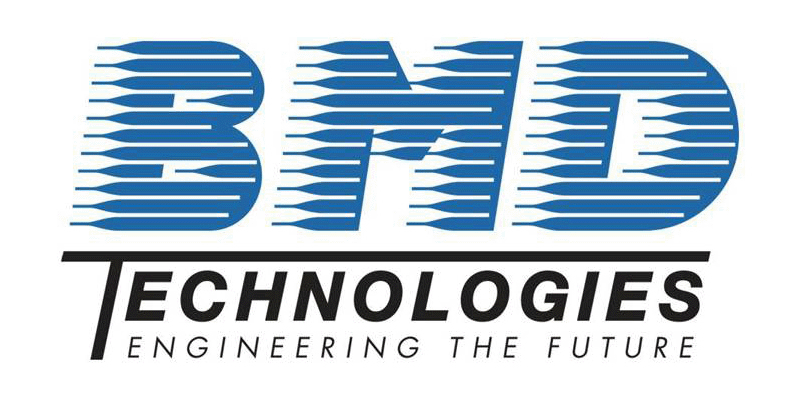Energy Management Systems
An energy management system (EMS) is a centralized platform used to monitor, control, and optimize the energy usage of a building or facility. In commercial HVAC applications, an EMS plays a critical role in managing the performance of heating, cooling, and ventilation systems to ensure they operate as efficiently as possible. By collecting data from various sensors and equipment, the system provides real-time insights that help reduce energy waste, lower operating costs, and maintain comfortable indoor conditions.
Energy management systems are especially valuable in large commercial buildings, such as office complexes, medical centers, schools, and industrial facilities, where multiple HVAC units and zones operate simultaneously. The EMS connects to components like chillers, air handlers, thermostats, and lighting systems, allowing building operators to track performance metrics, detect anomalies, and schedule equipment usage according to occupancy patterns and demand.
Proper installation of an energy management system is essential to achieving accurate data collection and effective control. This includes selecting compatible hardware, integrating with existing HVAC infrastructure, and setting up customized control logic that reflects the building’s unique operating needs. A poorly installed EMS can result in incorrect readings, ineffective automation, and lost opportunities for energy savings.
Once installed, ongoing maintenance and periodic updates are key to keeping the EMS operating at peak performance. This includes checking sensor accuracy, verifying software functionality, updating control schedules, and reviewing system reports to identify inefficiencies. Preventive maintenance ensures the system continues to deliver reliable data and actionable insights that lead to cost-effective building management.
Failing to maintain an energy management system can result in undetected inefficiencies, equipment overuse, or inconsistent indoor conditions. In a city like Los Angeles—where energy costs are high and sustainability goals are increasingly important—an underperforming EMS can quickly translate into higher utility bills and reduced occupant comfort.
For commercial property owners and managers, investing in a well-installed and properly maintained EMS offers significant long-term value. Not only can it reduce energy consumption, but it can also extend the lifespan of HVAC equipment and support compliance with local energy efficiency standards.
In summary, an energy management system is a smart investment for modern commercial buildings. With proper installation and regular maintenance from experienced professionals like the team at BMD Technologies, businesses can achieve greater control over energy usage, enhance building performance, and reduce operational costs across the board.
